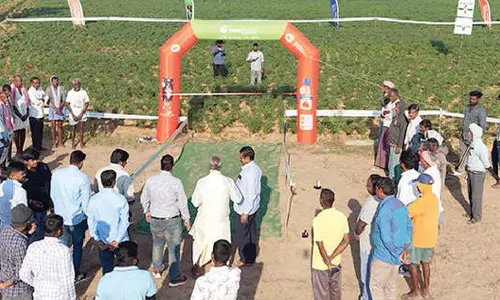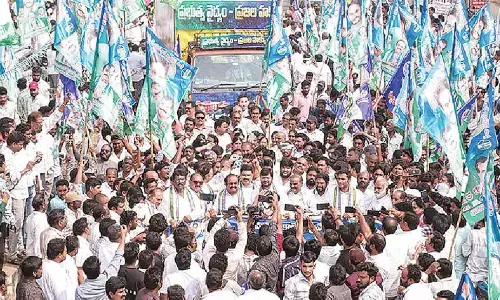Colours of Navaratri

Navaratri is a Hindu festival which is celebrated in autumn for nine nights It begins on Ashvin Shukla Prathama and ends on Ashvin Shukla Navami The festival ends with the celebration of Dussehra or Vijayadashami which observes the victory of good over evil
Navaratri is a Hindu festival which is celebrated in autumn for nine nights. It begins on Ashvin Shukla Prathama and ends on Ashvin Shukla Navami. The festival ends with the celebration of Dussehra or Vijayadashami which observes the victory of good over evil.
In different parts of India, It is celebrated for different reasons. There are four seasonal Navratri. Practically, it is called Sharada Navratri post-monsoon autumn festival celebrated in the honour of the divine feminine Durga. In the Hindu calendar, it is celebrated in the month of Ashvin, which generally falls in the months of September and October.
In the eastern and northeastern parts of India, the goddess Durga fights and gain victory over the buffalo demon to restore Dharma. In the northern and western states, the festival is celebrated as "Rama Lila" and “Dussehra” that celebrates the victory of god Rama over the devil king Ravana. In the southern part, the victory of different goddesses, of Rama or Saraswati is celebrated. The common object is the victory of good over evil based on epic Ramayana.
Based on the day of the week the festival started the colours of Navratri are decided. People follow this tradition of wearing the specified colours during the nine days. The colours and dates for Navratri festivals may vary across India as people follow different tradition in various parts of the country.
During Navratri, Durga the mother goddess is worshipped in all of her nine forms. Each day has a different ritual associated with it.
Day 2, Dwitiya: The colour of the day is yellow.
On day two the unmarried form of goddess Parvati is worshipped as Brahmacharini.
Day 3, Tritiya: The colour of the day is green.
On day three honours Devi Chandraghanta who carries the half-moon on her forehead.

















